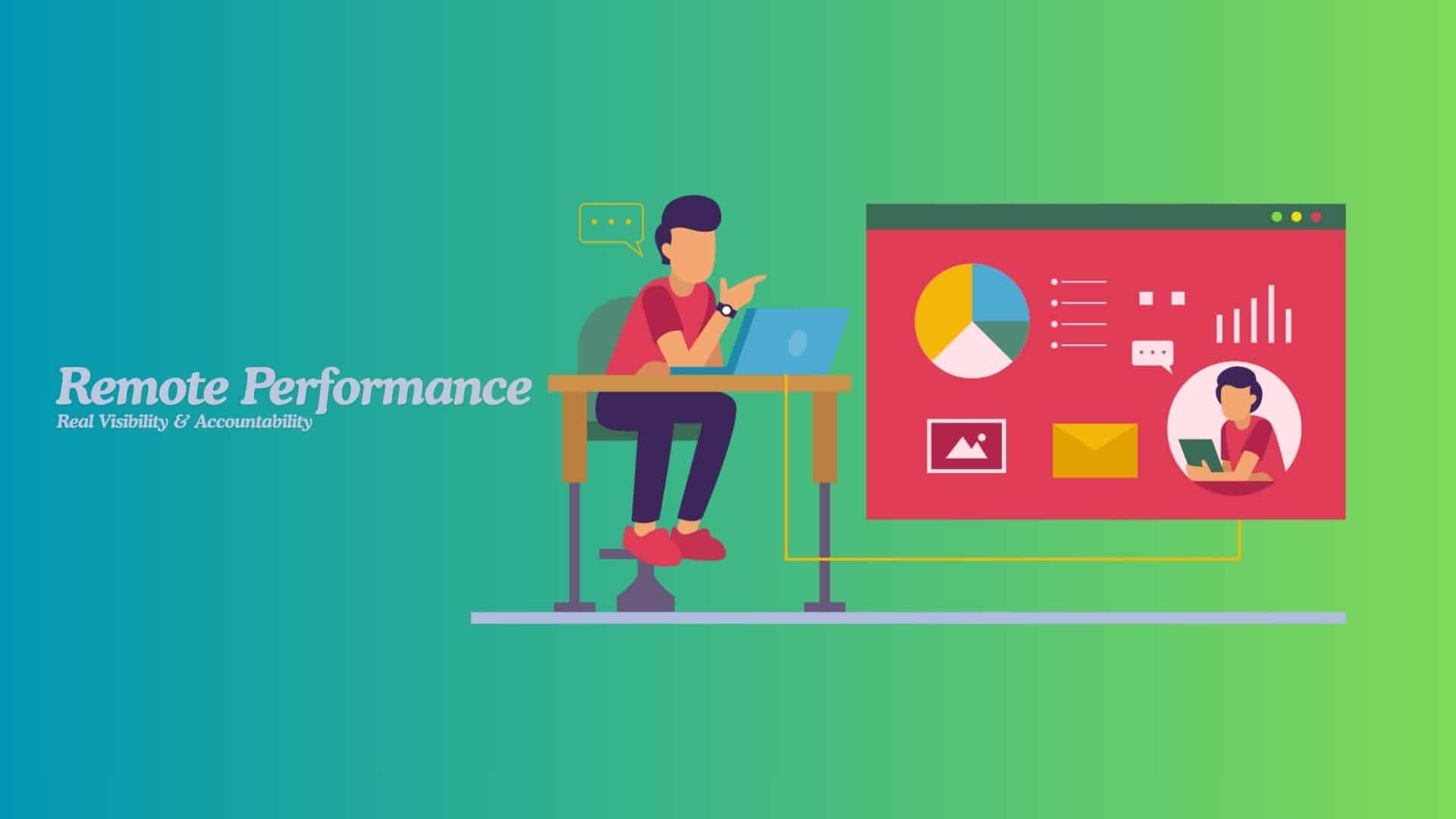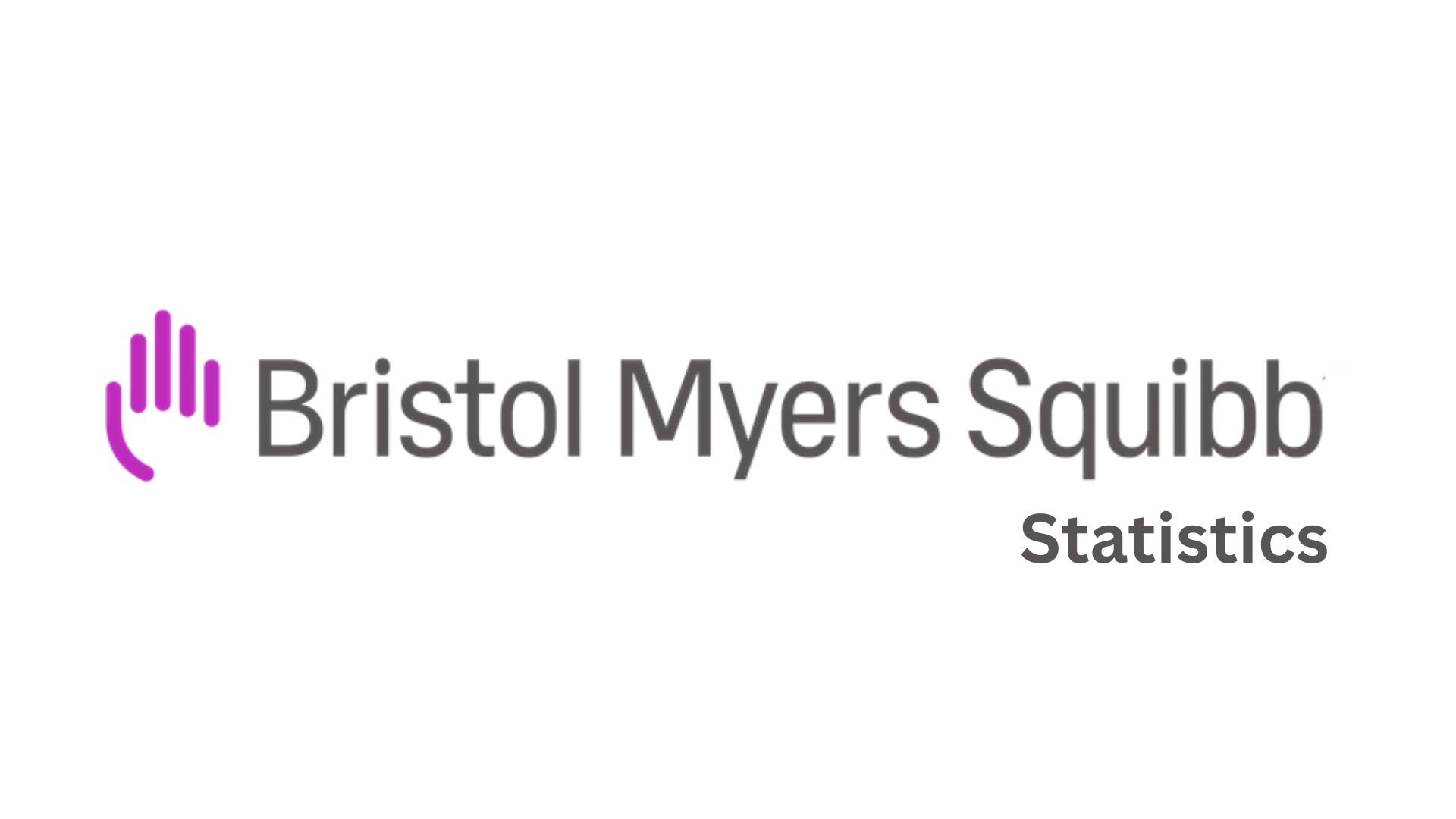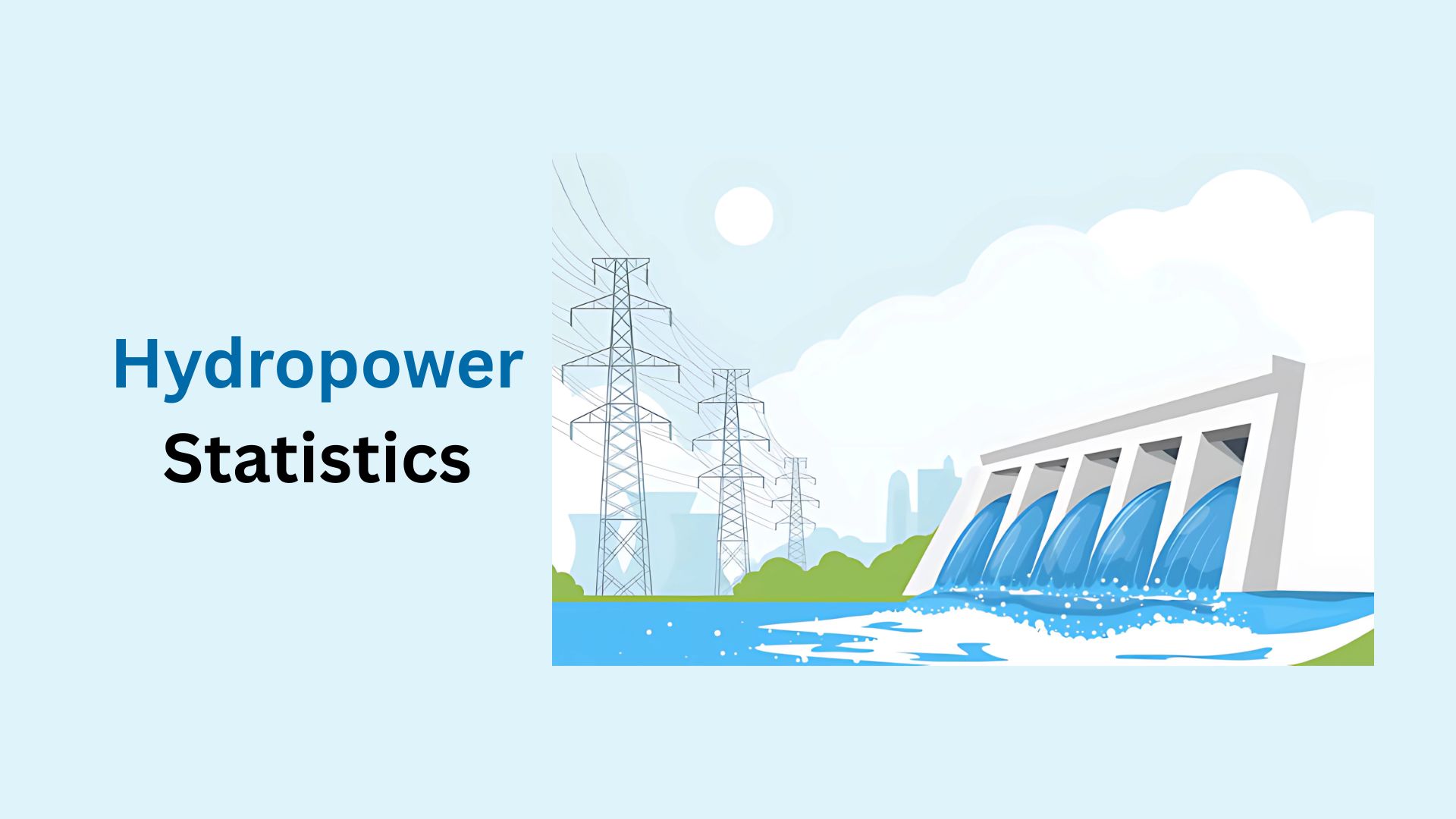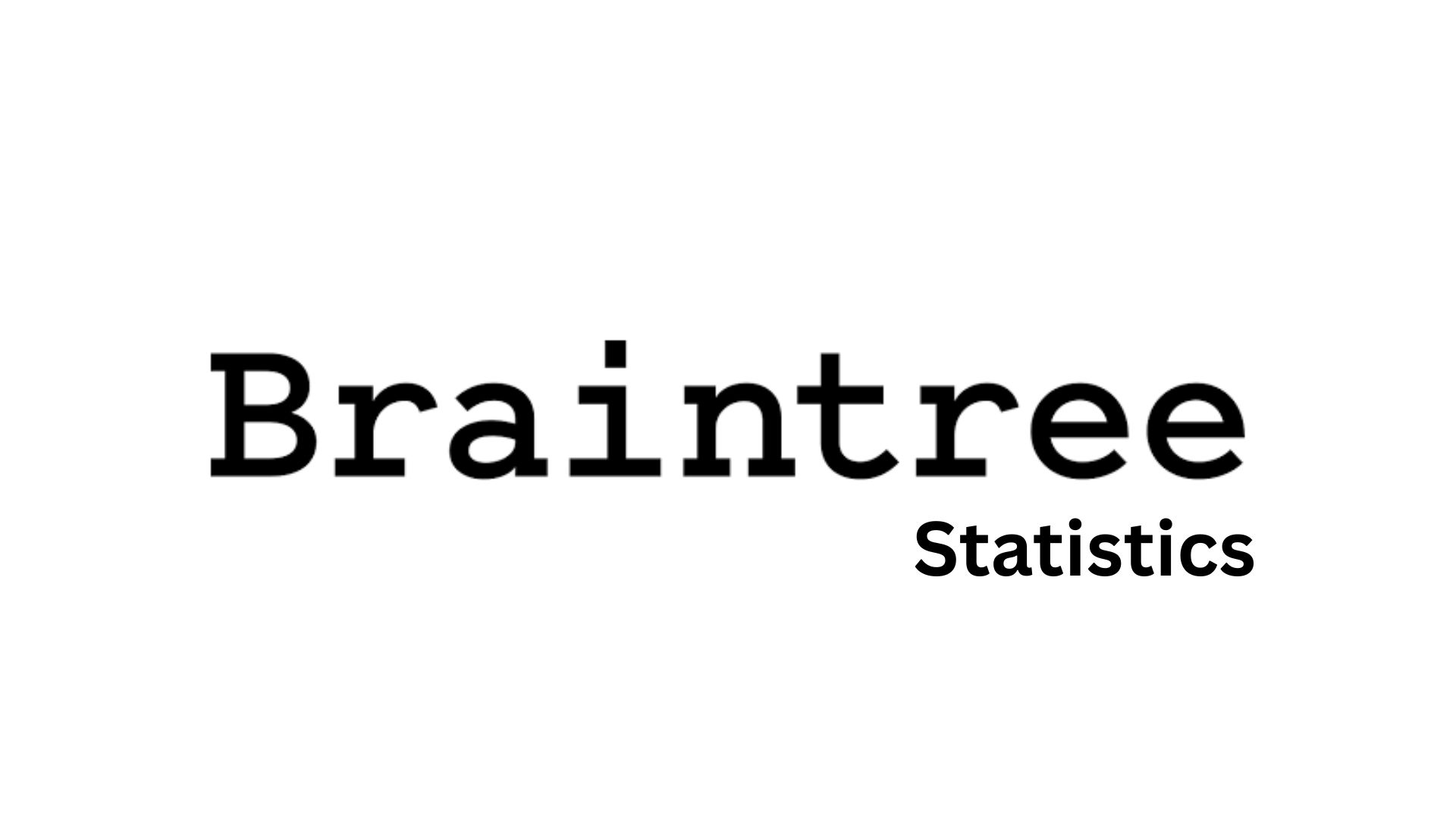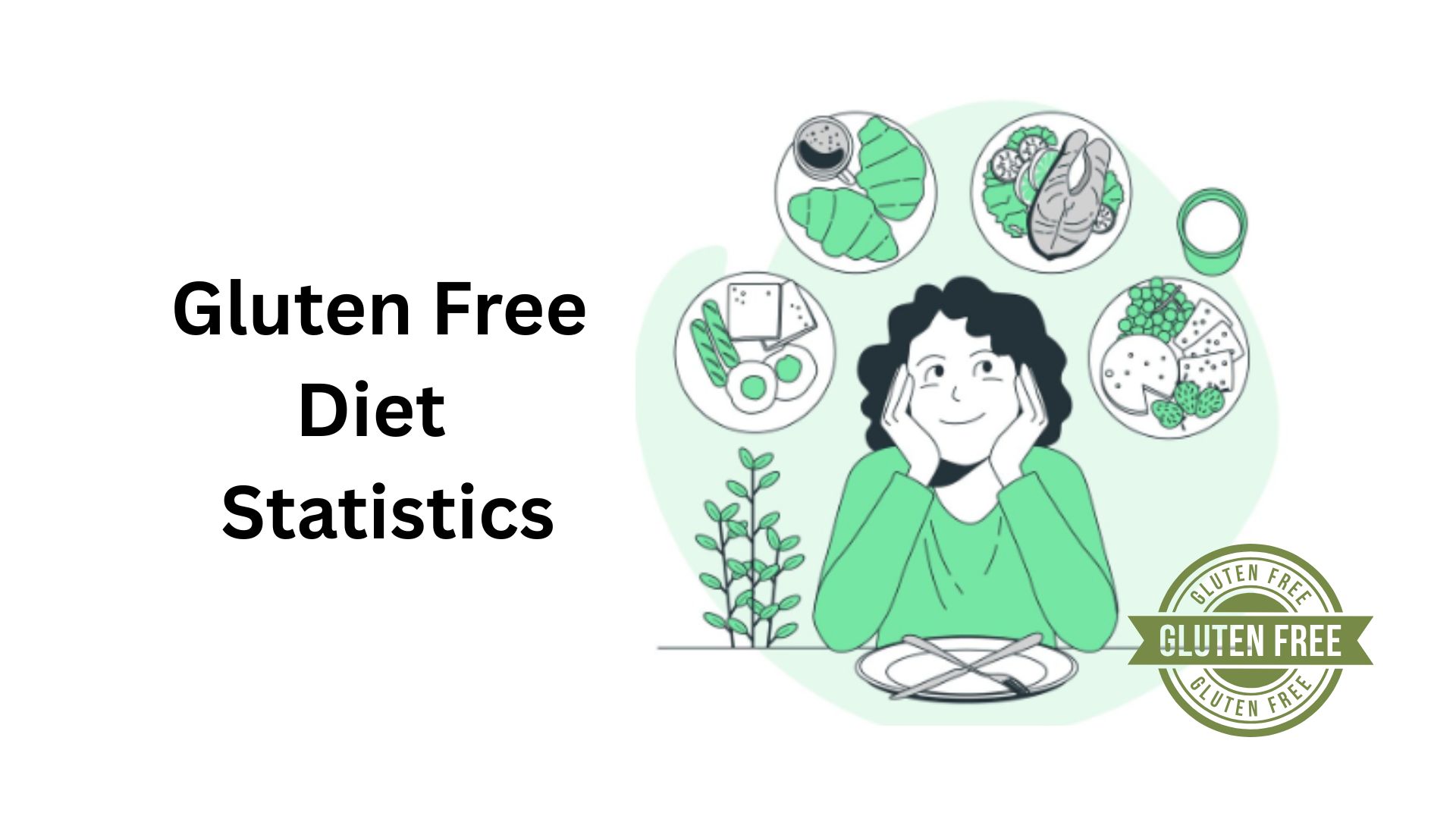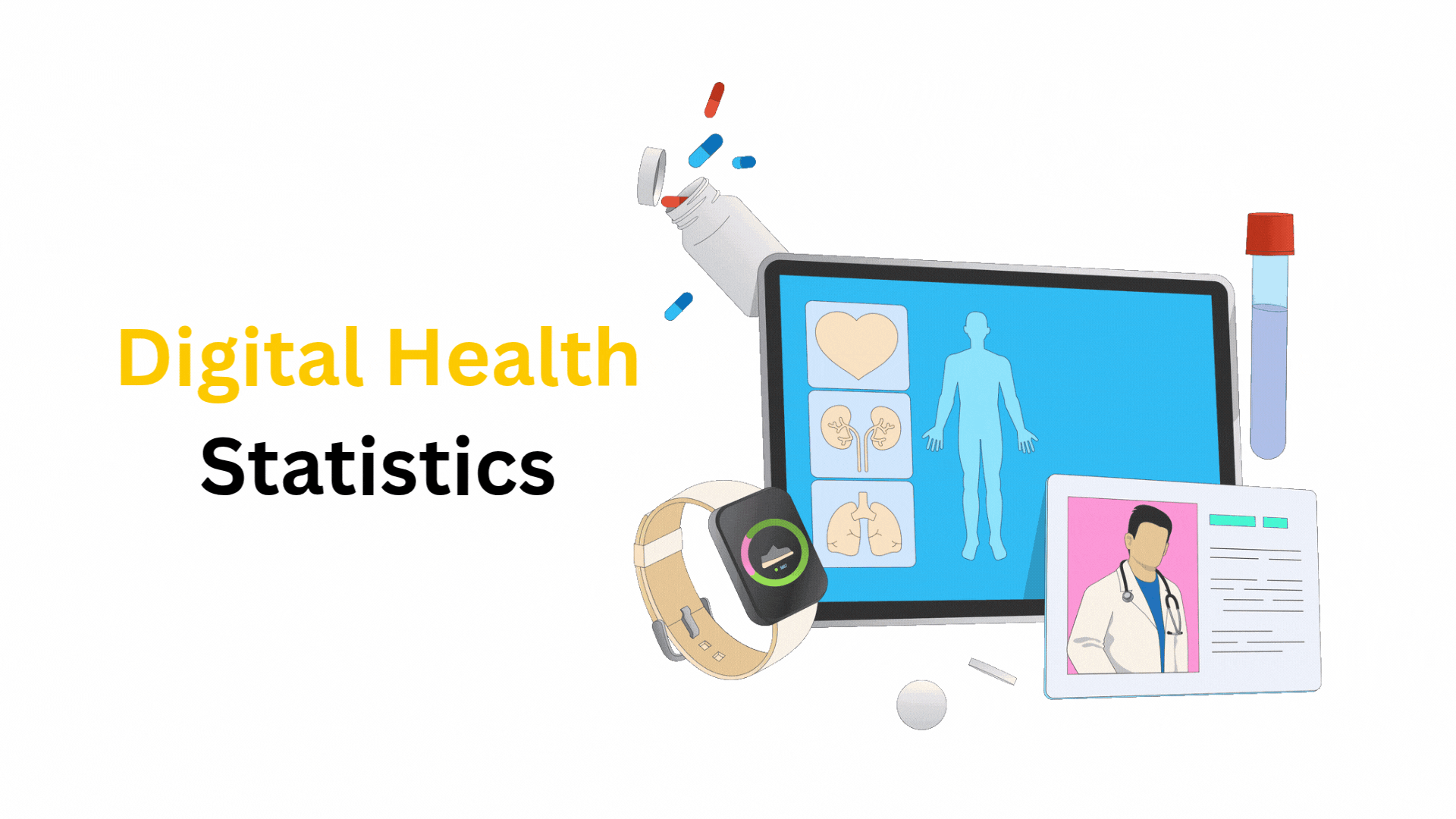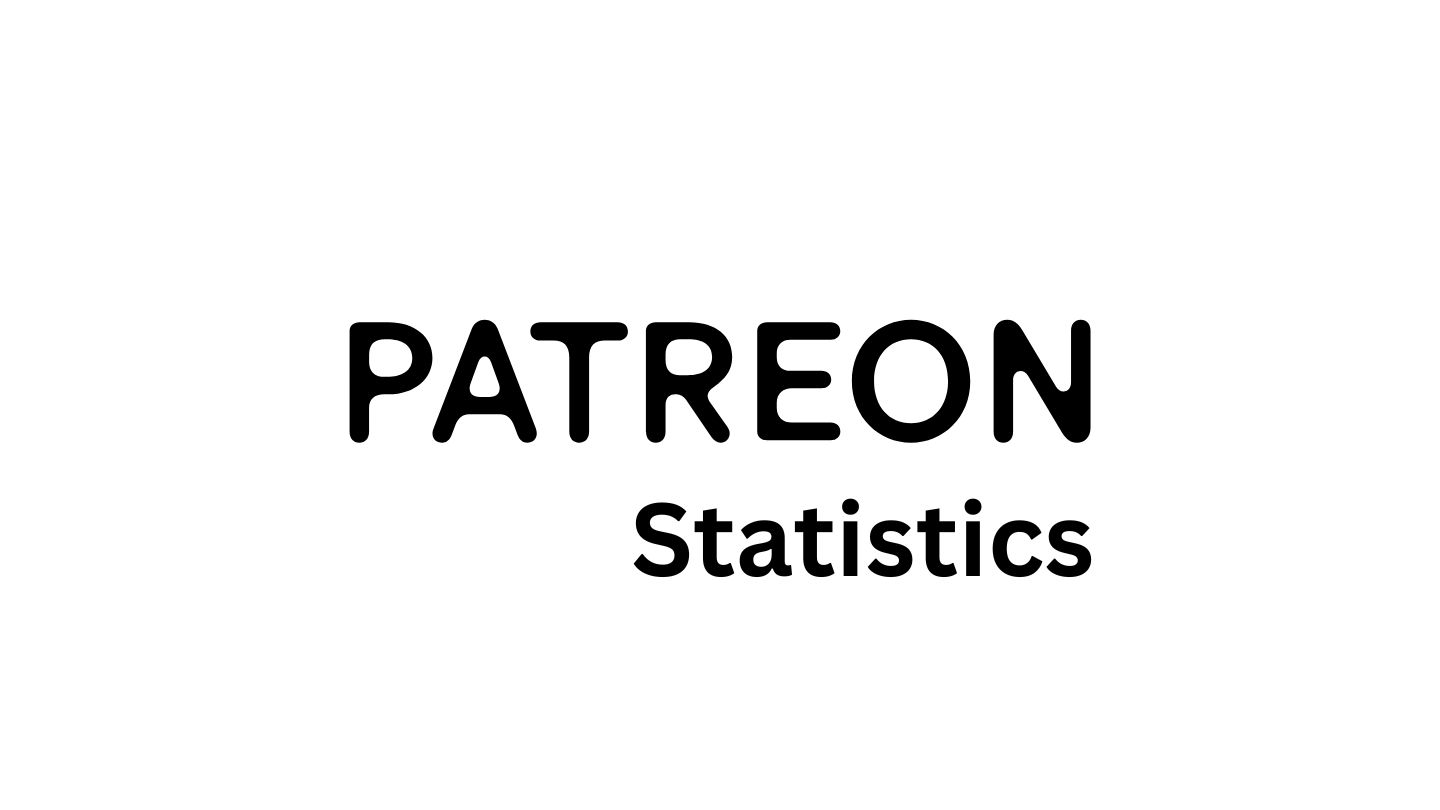Phobia Statistics By Types, Symptoms and Facts

Updated · Nov 14, 2025


WHAT WE HAVE ON THIS PAGE
- Introduction
- Editor’s Choice
- General Phobia Statistics
- Phobia Statistics By The Main Type
- What are The Symptoms of Phobias?
- Types of phobias
- Unveiling the Mystery of Phobias
- Phobias – Fear Turned Up to Eleven
- The Origins of Fear – Why Phobias Develop
- Breaking Free From The Grip of Fear
- Fear vs. Phobia – Drawing the Line
- A World of Fears – The Many Faces of Phobias
- Phobias By the Numbers – A Statistical Snapshot
- Can Technology Help Us Conquer Phobias?
- Conclusion
Introduction
Phobia Statistics: Phobia is a very common type of mental health issue. Millions of people are suffering from various kinds of phobias. However, it is important to understand the normal fears and phobias, like fear. The severity of phobias may differ from person to person. Receiving treatment in the early stages may completely cure the mental health issues.
Let’s understand the current situation in the world through these Phobia Statistics.
Editor’s Choice
- Around 22.8% of adults with specific phobias are suffering from serious symptoms, while 46.6% have moderate cases.
- As of today, around 10% to 30% of the global population is suffering from this leading mental health disorder.
- Agoraphobia is linked with panic disorder. According to Phobia Statistics, Agoraphobia, unaccompanied by panic, is a rare case that has affected 0.9% or 1.8 million Americans.
- Only 40% of individuals with social anxiety disorder received treatment on time. Unfortunately, one-third and above share of people wait ten or more years before they receive any kind of treatment.
- 20% of the patients who regularly seek treatment are likely to recover completely.
- In the USA, around 10% of Americans have specific phobias, while 7.1% suffer from social phobia, and the prevalence rate for agoraphobia is 0.9%.
- The brain part named the amygdala is responsible for activating specific phobias.
- The frequency of specific and social phobia is 5%, while agoraphobia represents 2%.
- Based on Phobia Statistics by demographics, around 40 million Americans aged 18 and above experience different types of anxiety when they are asked to speak in public.
- 1%, or 19 million Americans, are suffering from any specific phobia.
General Phobia Statistics
- As of today, around 10% to 30% of the global population is suffering from this leading mental health disorder.
- Based on Phobia Statistics by demographics, around 40 million Americans aged 18 and above experience different types of anxiety when they are asked to speak in public.
- In the USA, around 10% of Americans have specific phobias, while 7.1% suffer from social phobia, and the prevalence rate for agoraphobia is 0.9%.
- The frequency of specific and social phobia is 5%, while agoraphobia represents 2%.
- The fear of spiders is prevalent in 3.5 to 6.1% of the worldwide population.
- Around 22.8% of adults with specific phobias are suffering from serious symptoms, while 46.6% have moderate cases.
- Phobia Statistics show that at least 15 to 20% of people go through specific phobia symptoms at least once in their lifetime.
- The brain part named the amygdala is responsible for activating specific phobias.
- 20% of the patients who regularly seek treatment are likely to recover completely.
Phobia Statistics By The Main Type
Specific Phobia
- According to the Anxiety Disorders Association of America and NIMH, the most common specific phobias are fear of escalators, water, highway driving, tunnels, public transportation, injuries involving blood, dogs, flying, insects, close-in places, dental and medical procedures.
- The rate of prevalence for specific phobias is higher in teenage years, resulting in 15.1%.
- On average, 9.1%, or 19 million Americans, are suffering from any specific phobia.
- Phobia Statistics show that individuals may experience more than one type of phobia at once.
Social Phobia (Social Anxiety Disorder)
- Phobia Statistics show that women are slightly more likely to experience social phobia compared to men.
- 30% of people who have social phobia suffer from severe symptoms.
- As of today, an average of 15 million, which is 7.1% of adult Americans and 5.5% of the teenage population, have social phobia.
- Only 40% of individuals with social anxiety disorder received treatment on time. Unfortunately, one-third and above share of people wait ten or more years before they receive any kind of treatment.
Agoraphobia
- The prevalence rate among teenagers aged between 13 to 18 years is around 2.4%.
- In addition, the average age of diagnosis of agoraphobia is 20 years old.
- Unfortunately, less than 50% of individuals with agoraphobia are receiving treatment.
- Agoraphobia is linked with panic disorder. According to Phobia Statistics, Agoraphobia, unaccompanied by panic, is a rare case that has affected 0.9% or 1.8 million Americans.
- As of today, around 40% of individuals are suffering from Agoraphobia.
What are The Symptoms of Phobias?
According to a report by Healthline on Phobias, the following are the symptoms of the same.
- Nausea
- Trembling or shaking
- Upset stomach
- Dry mouth
- Shortness of breath
- Pounding or racing heart
- Impending doom sense
- Tightness or chest pain
- Choking sensation
- Elevated blood pressure
- Lightheadedness
- Increased sweating
- Inability to speak
- Rapid speak
Types of phobias
Based on research by Very Well Mind, the following are the different types of Phobias.
| Name of the Phobia | Type of Fear |
| Ablutophobia | Fear of Bathing |
| Achluophobia | Fear of Darkness |
| Acrophobia | Fear of Heights |
| Aerophobia | Fear of Flying |
| Algophobia | Fear of Pain |
| Agoraphobia | Fear of Open spaces or crowds |
| Aichmophobia | Fear of Needles or pointed objects |
| Amaxophobia | Fear of Riding in a Car |
| Androphobia | Fear of Men |
| Anemophobia | Fear of Air |
| Anginophobia | Fear of Choking |
| Angrophobia | Fear of Anger |
| Anthrophoba | Fear of Flowers |
| Anthropophobia | Fear of People or Society |
| Aphenphosmphobia | Fear of Being Touched |
| Arachibutrophobia | Fear of Peanut butter |
| Arachnophobia | Fear of Spiders |
| Astraphobia | Fear of Thunder and lightning |
| Astrophobia | Fear of Outer Space |
| Ataxophobia | Fear of Untidiness or disorder |
| Atelophobia | Fear of Imperfection |
| Atychiphobia | Fear of Failure |
| Automatonophobia | Fear of human-like figures |
| Autophobia | Fear of Being Alone |
| Bacteriophobia | Fear of Bacteria |
| Barophobia | Fear of Gravity |
| Bathmophobia | Fear of Steep slopes or stairs |
| Batrachophobia | Fear of Amphibians |
| Belonephobia | Fear of Pins or needles |
| Bibliophobia | Fear of Books |
| Botanophobia | Fear of Plants |
| Cacophobia | Fear of Ugliness |
| Catagelophobia | Fear of Being Ridiculed |
| Catoptrophobia | Fear of Mirrors |
| Chionophobia | Fear of Snow |
| Chrometophobia | Fear of Spending Money |
| Chromophobia | Fear of Colors |
| Chronomentrophobia | Fear of Clocks |
| Chronophobia | Fear of Time |
| Cibophobia | Fear of Food |
| Claustrophobia | Fear of Confined spaces |
| Climacophobia | Fear of Climbing |
| Coulrophobia | Fear of Clowns |
| Cyberphobia | Fear of Computers |
| Cynophobia | Fear of Dogs |
| Daemonophobia | Fear of Demons |
| Decidophobia | Fear of Making Decisions |
| Dendrophobia | Fear of Trees |
| Dentophobia | Fear of Dentists |
| Domatophobia | Fear of Houses |
| Dystychiphobia | Fear of Accidents |
| Ecophobia | Fear of Home |
| Elurophobia | Fear of Cats |
| Emetophobia | Fear of Vomiting |
| Entomophobia | Fear of Insects |
| Ephebiphobia | Fear of Teenagers |
| Erotophobia | Fear of Sex |
| Equinophobia | Fear of Horses |
| Gamophobia | Fear of Marriage |
| Genuphobia | Fear of Knees |
| Glossophobia | Fear of Public Speaking |
| Gynophobia | Fear of Women |
| Haphephobia | Fear of Touch |
| Heliophobia | Fear of Sun |
| Hemophobia | Fear of Blood |
| Herpetophobia | Fear of Reptiles |
| Hippopotomonstrosesquipedialophobia | Fear of Long Words |
| Hydrophobia | Fear of Water |
| Hypochondria | Fear of Illness |
| Iatrophobia | Fear of Doctors |
| Insectophobia | Fear of Insects |
| Koinoniphobia | Fear of Rooms |
| Koumpounophobia | Fear of Buttons |
| Leukophobia | Fear of White color |
| Lilapsophobia | Fear of Hurricanes and Tornadoes |
| Lockiophobia | Fear of Childbirth |
| Mageirocophobia | Fear of Cooking |
| Megalophobia | Fear of Large Things |
| Melanophobia | Fear of Color black |
| Microphobia | Fear of Small things |
| Mysophobia | Fear of Dirt and germs |
| Necrophobia | Fear of Death or dead things |
| Noctiphobia | Night |
| Nomophobia | Fear of Being without your mobile phone |
| Nosocomephobia | Fear of Hospitals |
| Nyctophobia | Fear of Dark |
| Obesophobia | Fear of Gaining weight |
| Octophobia | Fear of Figure 8 |
| Ombrophobia | Fear of Rain |
| Ophidiophobia | Fear of Snakes |
| Ornithophobia | Fear of Birds |
| Osmophobia | Fear of Smells |
| Ostraconophobia | Fear of Shellfish |
| Papyrophobia | Fear of Paper |
| Pathophobia | Fear of disease |
| Pedophobia | Fear of Children |
| Philematophobia | Fear of kissing |
| Philophobia | Fear of love |
| Phobophobia | Fear of phobias |
| Podophobia | Fear of feet |
| Porphyrophobia | Fear of the color purple |
| Pteriodophobia | Fear of terms |
| Pteromerhanophobia | Fear of flying |
| Pyrophobia | Fear of fire |
| Samhainophobia | Fear of Halloween |
| Scolionophobia | Fear of school |
| Scoptophobia | Fear of being stared at |
| Selenophobia | Fear of the moon |
| Sociophobia | Fear of social evaluation |
| Somniphobia | Fear of sleep |
| Tachophobia | Fear of speed |
| Technophobia | Fear of technology |
| Thalassophobia | Fear of the ocean |
| Trichophobia | Fear of hair |
| Tonitrophobia | Fear of thunder |
| Trypanophobia | Fear of injections or needles |
| Trypopphobia | Fear of holes |
| Venustraphobia | Fear of beautiful women |
| Verminophobia | Fear of germs |
| Wiccaphobia | Fear of witches and witchcraft |
| Xenophobia | Fear of foreigners or strangers |
| Zoophobia | Fear of animals |
| Zuigerphobia | Fear of vacuum cleaners |
(Source: verywellmind.com)
Unveiling the Mystery of Phobias
Imagine walking down the street, minding your own business, when a tiny spider scurries across your path. You might jump a little, brush it away, but then continue on your way. That’s a normal fear response, a primal instinct that keeps us alert to potential dangers. But what if the sight of that spider sent chills down your spine, triggered a racing heart, and made you desperately search for an escape route? This, my friend, could be a sign of a phobia.
Phobias – Fear Turned Up to Eleven
A phobia is an intense and irrational fear of a specific object, situation, or activity. It’s like your fear dial is cranked way past a normal level. People with phobias often recognize their fear is excessive, but they feel powerless to control it. This fear can be so overwhelming that it significantly disrupts their daily lives, causing them to avoid anything that triggers their phobia, even if it means missing out on important experiences.
The Origins of Fear – Why Phobias Develop
The exact cause of phobias remains a puzzle, but researchers have pieced together some possible explanations:
- Learning Experiences: Perhaps you had a bad encounter with a dog as a child, a bite, or a chase that left you feeling traumatized. This negative experience can become linked to all dogs, leading to a phobia in adulthood.
- Genetics: Studies suggest there might be a genetic predisposition to phobias. If a close relative has a phobia, you might be more likely to develop one yourself. It’s like inheriting a higher sensitivity to fear.
- Brain Chemistry: The amygdala, a part of the brain responsible for processing fear and emotions, might play a role. People with phobias might have an overactive amygdala, which interprets even harmless situations as threats.
Breaking Free From The Grip of Fear
The good news is that phobias are treatable! Here are some effective approaches to reclaim control from fear:
- Exposure Therapy: Think of it as a phobia boot camp! You’ll gradually confront your fear in a safe and controlled environment. If you’re terrified of spiders, you might start with pictures, then move on to see one in a jar, and eventually work your way up to encountering a real spider from a distance. As you expose yourself to your fear in a safe way, you learn that it’s not as scary as you thought.
- Cognitive Behavioral Therapy (CBT): This therapy helps you identify and challenge the negative thoughts and beliefs that fuel your phobia. A therapist might guide you to see that a spider isn’t out to get you, and in fact, it’s probably more scared of you! By changing your thought patterns, you can change your emotional response.
- Medication: In some cases, medication like antidepressants or anti-anxiety drugs can help manage the physical symptoms of anxiety that phobias trigger. Medication can be a valuable tool alongside therapy to create a comprehensive treatment plan.
Fear vs. Phobia – Drawing the Line
So, how do you know if you have a normal fear or a full-blown phobia? Here are some key differences:
- Intensity: A phobia is much more intense than a normal fear. It can cause panic attacks, dizziness, nausea, and even fainting. It’s not just a dislike or a jumpiness; it’s a debilitating fear response.
- Avoidance: People with phobias will go to great lengths to avoid their fear triggers. They might miss out on important social events, travel opportunities, or even career advancements because they’re so afraid.
- Disruption: A normal fear might make you a little cautious, but a phobia can seriously disrupt your work, school, and relationships. It can prevent you from living a full and fulfilling life.
A World of Fears – The Many Faces of Phobias
There are hundreds of different phobias, each with its unique trigger. Some of the most common ones include:
- Specific Phobias: These are fears of specific objects or situations, like spiders (arachnophobia), heights (acrophobia), or enclosed spaces (claustrophobia). These are the most prevalent types of phobias.
- Social Phobia: This is the fear of social situations where you might be scrutinized or judged by others. People with social phobia might be terrified of public speaking, eating in front of others, or even attending parties.
- Agoraphobia: This phobia involves a fear of situations where escape might be difficult or help unavailable, like crowded places, public transportation, or open spaces. People with agoraphobia might become so restricted in their movements that they struggle to leave their homes.
Having different categories of phobias helps mental health professionals diagnose and create more targeted treatment plans.
Phobias By the Numbers – A Statistical Snapshot
While exact numbers can vary depending on the study, it’s estimated that around 19 million Americans have a specific phobia. This translates to roughly 8.7% of the US population. Social phobia, though less common, affects a significant portion of the population as well, with estimates suggesting around 7% of Americans experience it. These statistics highlight the prevalence of phobias and underscore the need for widespread awareness and accessible treatment options.
Can Technology Help Us Conquer Phobias?
Artificial intelligence (AI) is a rapidly developing field with potential applications in mental health. Some researchers believe AI could play a role in identifying phobias early on. By analyzing speech patterns, facial expressions, and even physiological data (like heart rate and sweat response), AI systems can detect signs of phobias before they become debilitating. Additionally, AI could be used to develop personalized treatment plans and deliver therapy virtually.
Imagine an app that uses virtual reality to gradually expose you to your fear in a safe and controlled environment, or a chatbot trained in CBT techniques that helps you challenge negative thought patterns. While AI is still in its early stages for mental health applications, it holds promise for making phobia treatment more accessible and efficient. However, it’s important to remember that human therapists will likely remain crucial for diagnosis, treatment planning, and providing the empathy and support so vital in overcoming phobias.
Conclusion
Phobias can be a significant obstacle in life, but with the right treatment, most people can learn to manage their fear and live fulfilling lives. If you suspect you might have a phobia, don’t hesitate to reach out to a mental health professional.
Remember, you’re not alone in this. Millions of people experience phobias, and there is help available. With early intervention and proper treatment, you can overcome fear and reclaim control of your life.
FAQ.
Cognitive behavioral therapy (CBT) can gradually reduce phobias.
If a person is showing the following signs, then it may be a type of phobia: sweating, rapid heartbeat, shortness of breath, chills, choking sensation, etc.
Yes. Phobia is treatable. However, it is important to seek treatment as early as possible.
A phobia is a type of mental health disorder in which a person has fear of certain things. The types of Phobias are mentioned in these Phobia Statistics.

Tajammul Pangarkar is the co-founder of a PR firm and the Chief Technology Officer at Prudour Research Firm. With a Bachelor of Engineering in Information Technology from Shivaji University, Tajammul brings over ten years of expertise in digital marketing to his roles. He excels at gathering and analyzing data, producing detailed statistics on various trending topics that help shape industry perspectives. Tajammul's deep-seated experience in mobile technology and industry research often shines through in his insightful analyses. He is keen on decoding tech trends, examining mobile applications, and enhancing general tech awareness. His writings frequently appear in numerous industry-specific magazines and forums, where he shares his knowledge and insights. When he's not immersed in technology, Tajammul enjoys playing table tennis. This hobby provides him with a refreshing break and allows him to engage in something he loves outside of his professional life. Whether he's analyzing data or serving a fast ball, Tajammul demonstrates dedication and passion in every endeavor.
